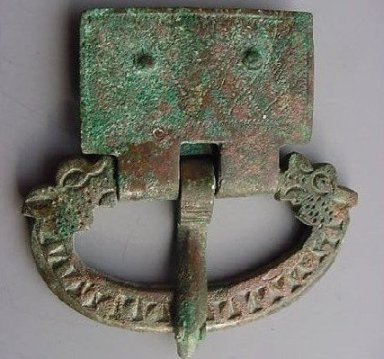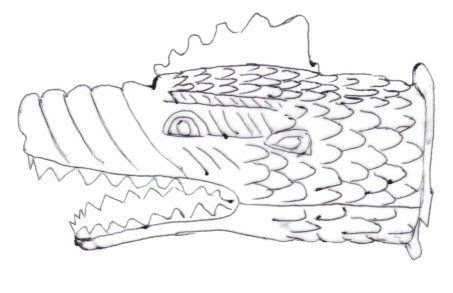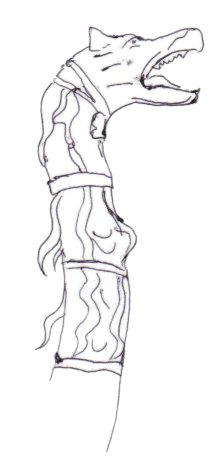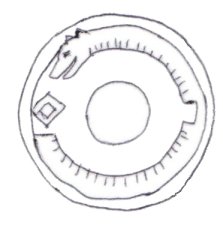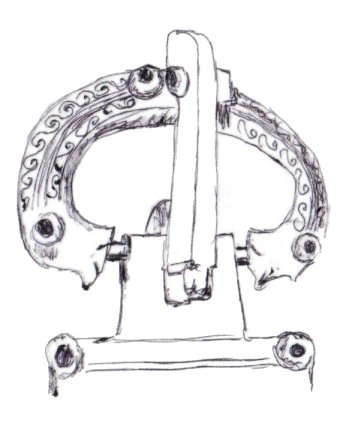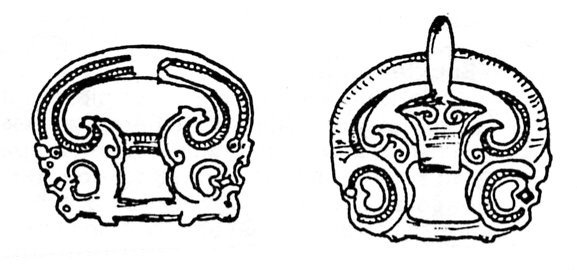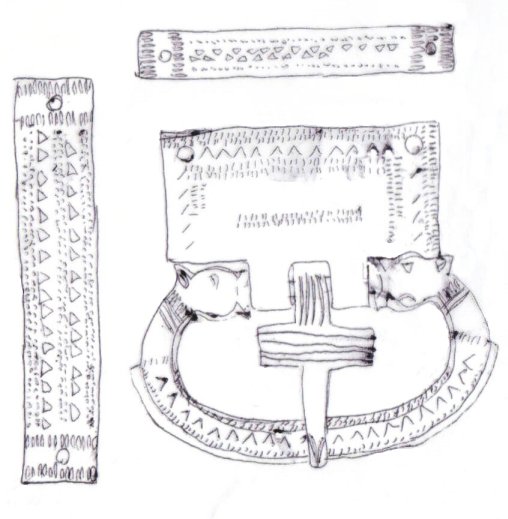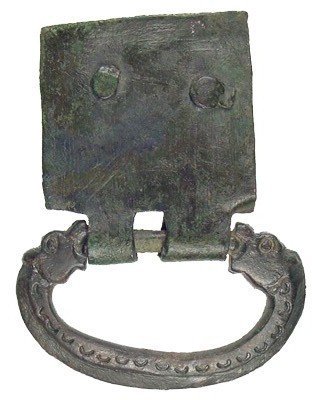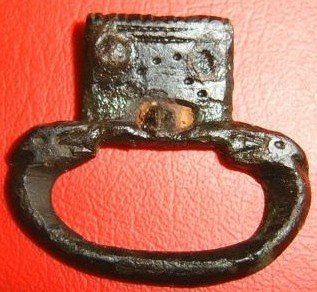Origins
There seem no identifiable differences between dragon buckles found on the continent and dragon buckles found in Britain. It therefore, seems safe to say that British dragon buckles are either imports or, at least, demonstrate strong continental influence. Their distribution supports this view, with a heavy concentration in the Kent region, where contacts with the continent were strong. Outside Kent, dragon buckles are found mainly up the east of the country, in East Anglia and Lincolnshire, which, again, may well represent the presence of foreign troops in the east coast defences.

